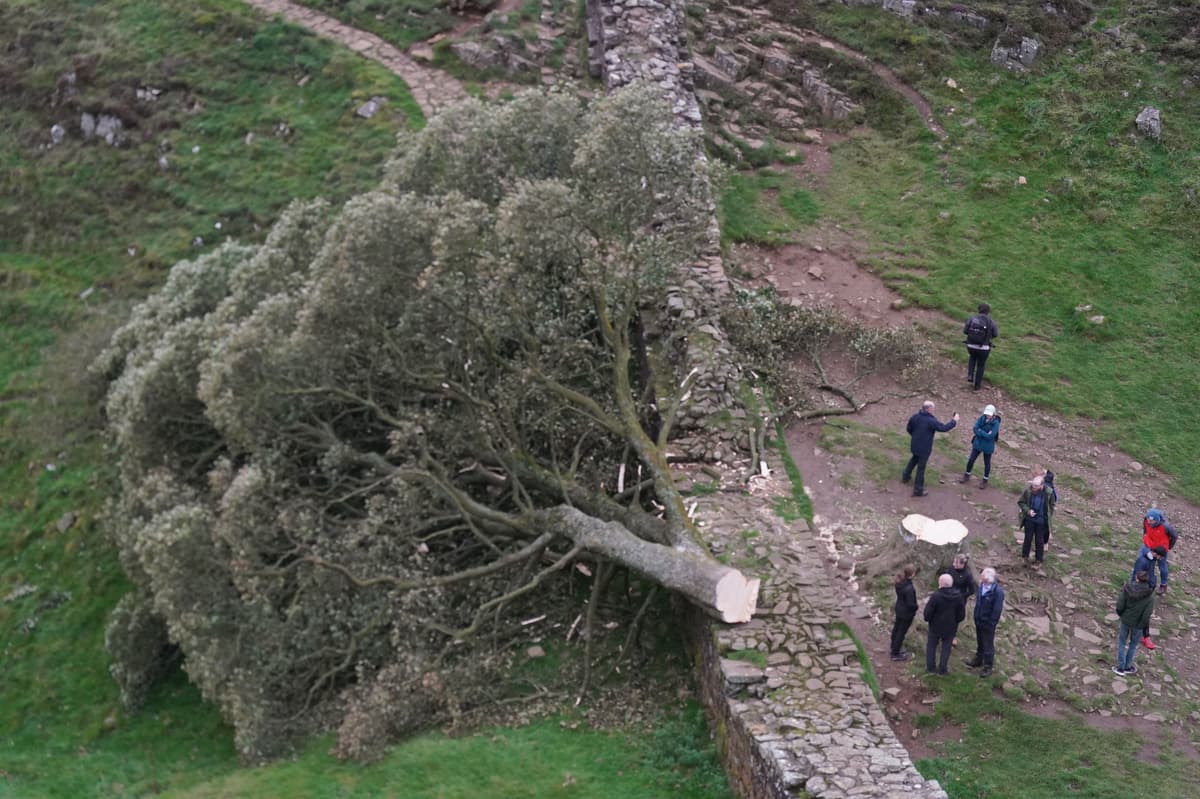Understanding Night Hunters: Behavior, Prey, And Habitats

Table of Contents
Nocturnal Adaptations of Night Hunters
Night hunters have evolved remarkable adaptations to thrive in low-light conditions. These adaptations allow them to hunt effectively and avoid predators under the cover of darkness.
Enhanced Senses
One of the most crucial adaptations for night hunters is their heightened senses.
- Exceptional Hearing: Owls, for instance, possess exceptionally sensitive hearing, enabling them to locate prey even in complete darkness. Their asymmetrical ear placement allows for precise sound localization.
- Reflective Eyes: Many nocturnal predators, such as cats, have tapetum lucidum, a reflective layer behind the retina that amplifies available light, improving night vision. This is why their eyes often appear to glow in the dark.
- Echolocation: Bats utilize echolocation, emitting high-frequency sounds and interpreting the returning echoes to navigate and locate insects in the dark. This sophisticated sonar system is a remarkable example of sensory adaptation.
Camouflage and Stealth
Beyond heightened senses, many night hunters rely on camouflage and stealth to ambush prey or evade predators.
- Blending with the Environment: Owls' plumage often matches the bark of trees, providing excellent camouflage while perched. Nocturnal moths, similarly, blend seamlessly with their surroundings, making them difficult to spot at night.
- Silent Movement: The padded paws of cats allow for silent stalking, while owls' specialized flight feathers minimize noise, allowing them to approach prey undetected.
These adaptations are crucial for survival; camouflage and stealth provide an advantage in the nocturnal world where visibility is limited. The evolutionary pressures of nighttime hunting have honed these skills over millennia.
Prey Selection and Hunting Strategies of Night Hunters
The diets and hunting techniques of night hunters are incredibly diverse, reflecting the variety of species and environments they inhabit.
Diet and Prey Preferences
Night hunters occupy various niches within the food web, with diets varying widely.
- Rodent Specialists: Owls are renowned for their consumption of rodents, playing a vital role in controlling populations.
- Insect Consumers: Bats are crucial insect predators, consuming vast numbers of insects each night, providing significant pest control.
- Rabbit and Small Mammal Hunters: Foxes are opportunistic hunters, feeding on rabbits, rodents, and other small mammals, depending on their habitat and prey availability.
The predator-prey relationship is a dynamic interplay, with each species adapting to the other's strategies.
Hunting Techniques
Night hunters employ various hunting strategies depending on their prey and environment.
- Ambush Predators: Owls often employ an ambush strategy, remaining motionless until prey ventures within striking distance.
- Pursuit Hunters: Foxes may engage in pursuit hunting, chasing their prey across open areas.
- Stalking Predators: Cats are masters of stalking, using their stealth and patience to approach prey undetected before making a final, swift attack.
The success of each hunting method depends on the animal's specific adaptations and the characteristics of its environment. For example, the open habitat favored by foxes necessitates a different approach than the ambush strategy of a forest-dwelling owl.
Habitats of Night Hunters: Where They Thrive
Night hunters are remarkably adaptable and occupy a wide range of habitats globally.
Diverse Environments
These nocturnal predators have successfully colonized a variety of environments:
- Forests: Owls are frequently found in forests, utilizing the tree cover for both hunting and roosting.
- Caves: Bats often inhabit caves, providing shelter during the day and launching points for their nightly foraging expeditions.
- Urban Areas: Adaptable species like foxes have successfully integrated into urban environments, exploiting human-altered landscapes for both shelter and food.
The specific adaptations of a night hunter are often closely tied to its chosen habitat, highlighting the interplay between environment and evolution.
Habitat Conservation
Protecting the habitats of night hunters is crucial for their long-term survival. Human activities pose significant threats.
- Deforestation: Habitat loss due to deforestation significantly reduces the available space and resources for nocturnal animals.
- Light Pollution: Artificial light disrupts the natural rhythms of nocturnal animals, interfering with hunting, navigation, and breeding.
Conservation efforts, including habitat protection and the mitigation of light pollution, are vital to ensuring the continued survival of these fascinating creatures and the ecological balance they maintain.
Conclusion
Understanding night hunters, their remarkable adaptations, diverse hunting strategies, and the habitats they inhabit is essential for appreciating the complexity of the natural world. From the heightened senses of owls to the echolocation of bats, these nocturnal predators demonstrate an incredible capacity for adaptation. Protecting their habitats and mitigating human impact is crucial for preserving biodiversity and ensuring the future of these fascinating animals. Continue exploring the captivating world of night hunters and discover the incredible diversity of these nocturnal predators. Learn more about your local night hunters and how you can contribute to their conservation!

Featured Posts
-
 Uks Sycamore Gap Tree Sentencing Follows Arson Conviction
May 11, 2025
Uks Sycamore Gap Tree Sentencing Follows Arson Conviction
May 11, 2025 -
 Exclusive Report Details Emerge From China U S Trade Talks Led By Xis Security Czar
May 11, 2025
Exclusive Report Details Emerge From China U S Trade Talks Led By Xis Security Czar
May 11, 2025 -
 Russian Gas Pipeline Elliott Managements Exclusive Investment Strategy
May 11, 2025
Russian Gas Pipeline Elliott Managements Exclusive Investment Strategy
May 11, 2025 -
 El Regalo De Uruguay Que Podria Revolucionar Sus Exportaciones A China
May 11, 2025
El Regalo De Uruguay Que Podria Revolucionar Sus Exportaciones A China
May 11, 2025 -
 Impulso A La Exportacion Ganadera Uruguaya El Particular Regalo A China
May 11, 2025
Impulso A La Exportacion Ganadera Uruguaya El Particular Regalo A China
May 11, 2025
